What is the taste and taste of java coffee beans in Java, Indonesia? Indonesian Arabica Variety Java
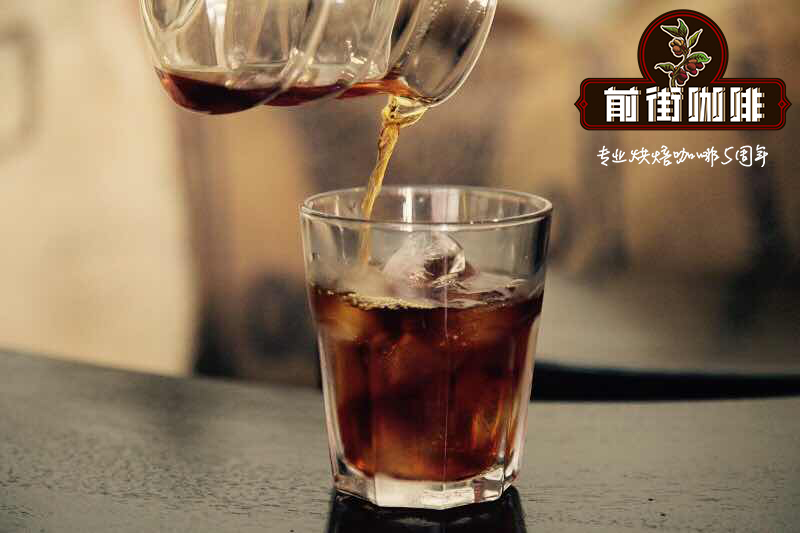
Professional coffee knowledge exchange more coffee bean information please follow the coffee workshop (Wechat official account cafe_style)
What is the taste and taste of java coffee beans in Java, Indonesia? How to cook Java coffee beans of Arabica variety in Indonesia?
Java coffee produced in Java, Indonesia, originally belongs to Arabica coffee. Diseases and insect pests make Java, which is rich in high-quality Arabica coffee, switch to Robusta coffee for fear of diseases and insect pests. Arabica Java coffee, which people regard as a treasure, has been out of sight ever since, and people's unlimited favor and pursuit of Java coffee has been lost ever since. Indonesian coffee is graded according to the proportion of defects, which is divided into 6 grades, with G1-- G6, G6, and G1 being the highest. Java coffee beans are collected and washed.
Among the coffee-producing countries, Indonesia is a very noteworthy one. Indonesia is an island country in the Indian Ocean, the islands are distributed on both sides of the equatorial line, of which three islands: Java, Sumatra, Sulawesi, produce the world's important coffee. In the mid-17th century, the Dutch brought coffee trees to Ceylon (Sri Lanka) and Java, Indonesia. In the 18th century, Indonesia became a major producer of coffee, and almost all of its high-quality Arabica coffee was supplied to Europe. But by the 19th century, coffee rust, which appeared in Ceylon in 1869, also affected Indonesia. By 1877, most of the coffee fields on the Indonesian islands were damaged by rust, and the Dutch had to import other coffee varieties from Africa, that is, robusta coffee. It is more resistant to diseases and insect pests, but its quality is inferior. About 90 per cent of Indonesian coffee is robusta beans, about 6.8 million bags a year, and less than 10 per cent of beans are Arabica coffee.
At the end of the 17th century, the Dutch East India Company transplanted Indian Arabica trees to Jakarta on the island of Java. Due to the favorable climate and soil, Arabica quickly spread to Sumatra in the northwest of Java and Sulawesi, another large island in the northeast. However, in the 1880s, when serious leaf rust broke out in Java and Arabica withered, the Dutch switched to the case-resistant Robusta species to stabilize Indonesia's coffee industry. To this day, Robusta is still the main coffee in Indonesia, accounting for 90% of Indonesia's coffee production, distributed in the low-altitude areas of Java and Bali. The elegant Arabica is mainly distributed in the higher elevations of northern Sumatra, Sulawesi and Java, accounting for only about 10% of Indonesia's coffee production, but the reputation of Mantenin, Golden Mantenin, Lake Lake Tawar, Gayo Mountain, Ache, Sulawesi, Old Manning and Old Brown Java has made Indonesian coffee famous in the boutique world for decades. Not dragged down by other inferior Robusta species.
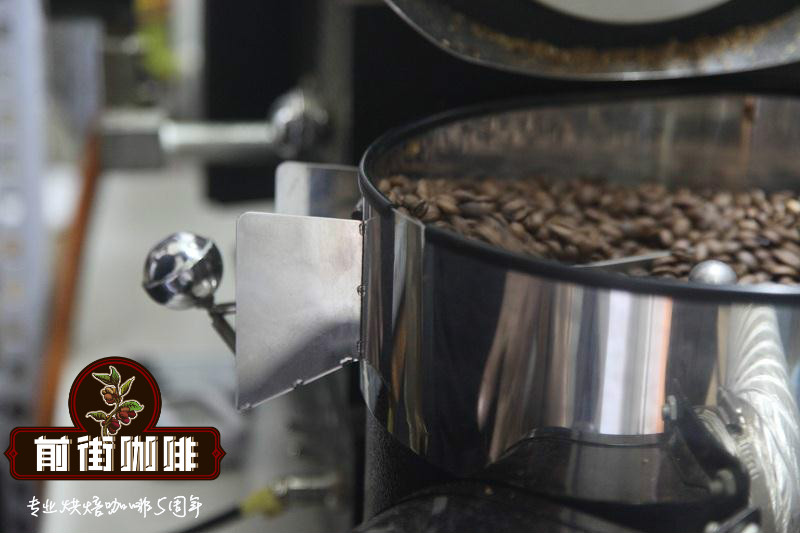
Java Arabica coffee has a wonderful fruit flavor, with a BlackBerry and grapefruit flavor, is a favorite of many coffee glutton. This coffee has an excellent medium purity, crisp and refreshing taste. It has a fresh flavor and is most suitable for drinking iced coffee in summer. When tasting this coffee, if paired with fruit with acidity such as grapefruit, it will certainly give you the best coffee experience.
Indonesia produces coffee beans mainly in Java, Sumatra, Sulawesi and other three islands, all of which belong to volcanic topography. It is generally believed that Indonesian coffee beans have a strong aroma and low acidity, with a slight taste of traditional Chinese medicine and soil. Mandheling, produced in the mountains of Sumatra, is world-famous and rich in texture. Robusta beans from Java have a unique smell and are often used as a recipe for espresso because they are rich in oil. The coffee produced by Sulawesi is rated as having a special herbal flavor, deep and clean. In particular, there is a special animal called the civet in the mountains of Indonesia (it has also appeared in Taiwan, and it is currently listed as one of the representative animals of Yangmingshan). Because it makes Indonesia produce a kind of coffee that is almost the most expensive in the world-civet coffee. This kind of cat likes to eat coffee berries, and hard coffee beans are eventually excreted because they are indigestible. During the period of passing through the digestive tract, coffee beans are fermented to produce a unique and complex flavor, which makes many gluttons like this kind of coffee with special aroma. But because the output is very small, so the price is very high, in the hundreds of dollars per pound.
The bitterness and mellowness of Java coffee, coupled with the sweetness of chocolate syrup, make Java coffee more mellow and smooth.
Product name: Arabica, Java
Country: Indonesia
Production area: Java
Grade: G1
Treatment: washing
Variety: Arabica
Cup test
Dry fragrance: full-bodied and thick, with sweet aroma of nuts
Wet fragrance: nutty aroma, special tobacco aroma
Flavors: BlackBerry, chocolate syrup and grape sweetness, clear balance of acidity and bitterness.
Qianjie recommended cooking:
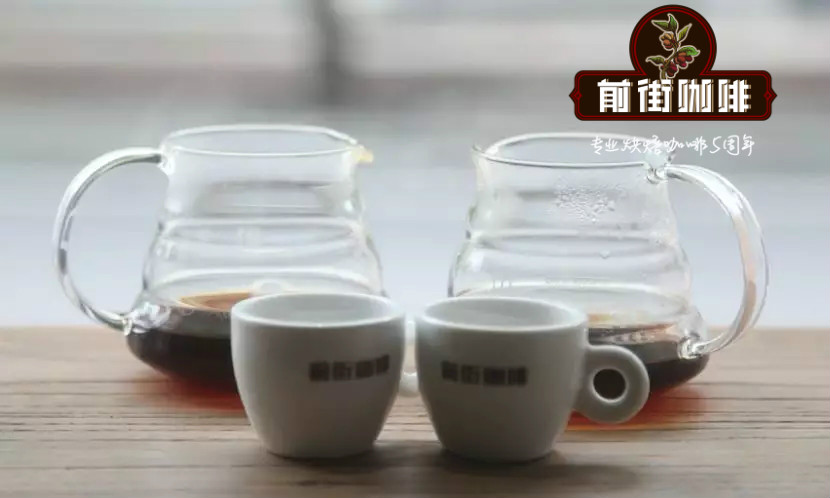
Filter cup: Hario V60
Water temperature: 88 degrees
Degree of grinding: small Fuji degree of grinding 4
Cooking methods: the ratio of water to powder is 1:15, 15g powder, the first injection of 25g water, 25 s steaming, the second injection to 120g water cut off, waiting for the powder bed water to half and then water injection, slow water injection until 225g water, extraction time about 2:00
Analysis: using three-stage brewing to clarify the flavor of the front, middle and back of the coffee. Because the V60 has many ribs and the drainage speed is fast, it can prolong the extraction time when the water is cut off.
END
Important Notice :
前街咖啡 FrontStreet Coffee has moved to new addredd:
FrontStreet Coffee Address: 315,Donghua East Road,GuangZhou
Tel:020 38364473
- Prev
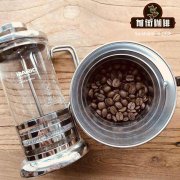
What are the planting conditions of Bolivian coffee beans-Sinaport Cenaprco cooperative PB round beans
Professional coffee knowledge exchange more coffee bean information please follow the coffee workshop (Wechat official account cafe_style) Bolivian coffee beans-Sinaport Cenaprco cooperative PB round beans what are the growing conditions? How to cook with V60? Cenaprco is an excellent coffee cooperative in Bolivia and the winner of the two coffee competitions in 2003 and 2004.
- Next
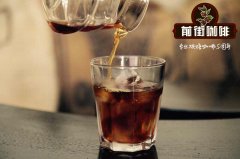
[unique wet planing] what are the characteristics and flavor of Indonesian Java coffee java/jember? Java
Professional coffee knowledge exchange more coffee bean information please pay attention to the coffee workshop (Wechat official account cafe_style) [unique wet planing] the characteristics and flavor of Indonesian Java coffee java/jember varieties? How do you brew Java coffee? Most of the Java coffee is controlled by the Indonesian government, and this Java coffee comes from independent coffee farmers in East Java. Java since the 17th century
Related
- Detailed explanation of Jadeite planting Land in Panamanian Jadeite Manor introduction to the grading system of Jadeite competitive bidding, Red bid, Green bid and Rose Summer
- Story of Coffee planting in Brenka region of Costa Rica Stonehenge Manor anaerobic heavy honey treatment of flavor mouth
- What's on the barrel of Blue Mountain Coffee beans?
- Can American coffee also pull flowers? How to use hot American style to pull out a good-looking pattern?
- Can you make a cold extract with coffee beans? What is the right proportion for cold-extracted coffee formula?
- Indonesian PWN Gold Mandrine Coffee Origin Features Flavor How to Chong? Mandolin coffee is American.
- A brief introduction to the flavor characteristics of Brazilian yellow bourbon coffee beans
- What is the effect of different water quality on the flavor of cold-extracted coffee? What kind of water is best for brewing coffee?
- Why do you think of Rose Summer whenever you mention Panamanian coffee?
- Introduction to the characteristics of authentic blue mountain coffee bean producing areas? What is the CIB Coffee Authority in Jamaica?

